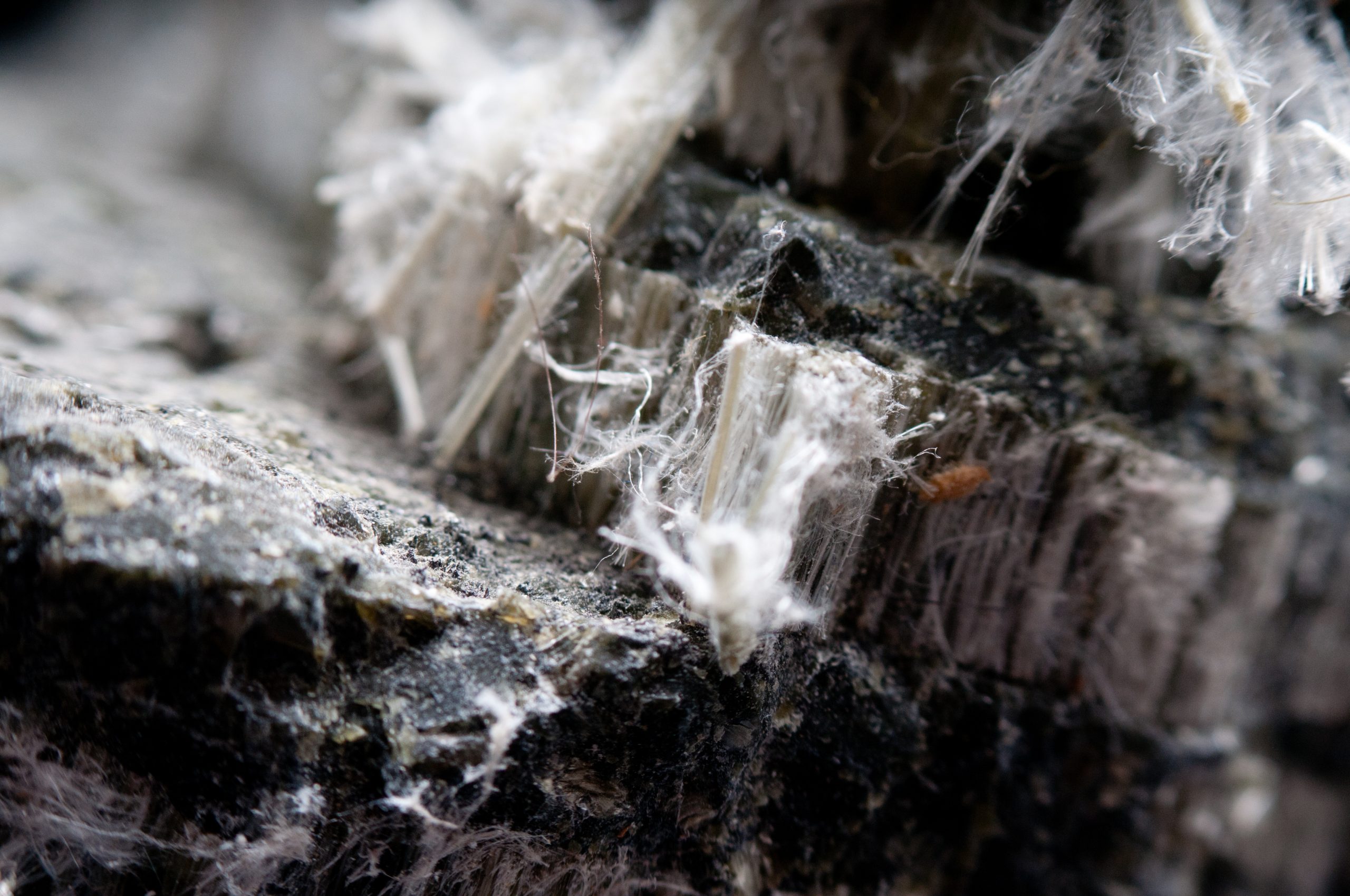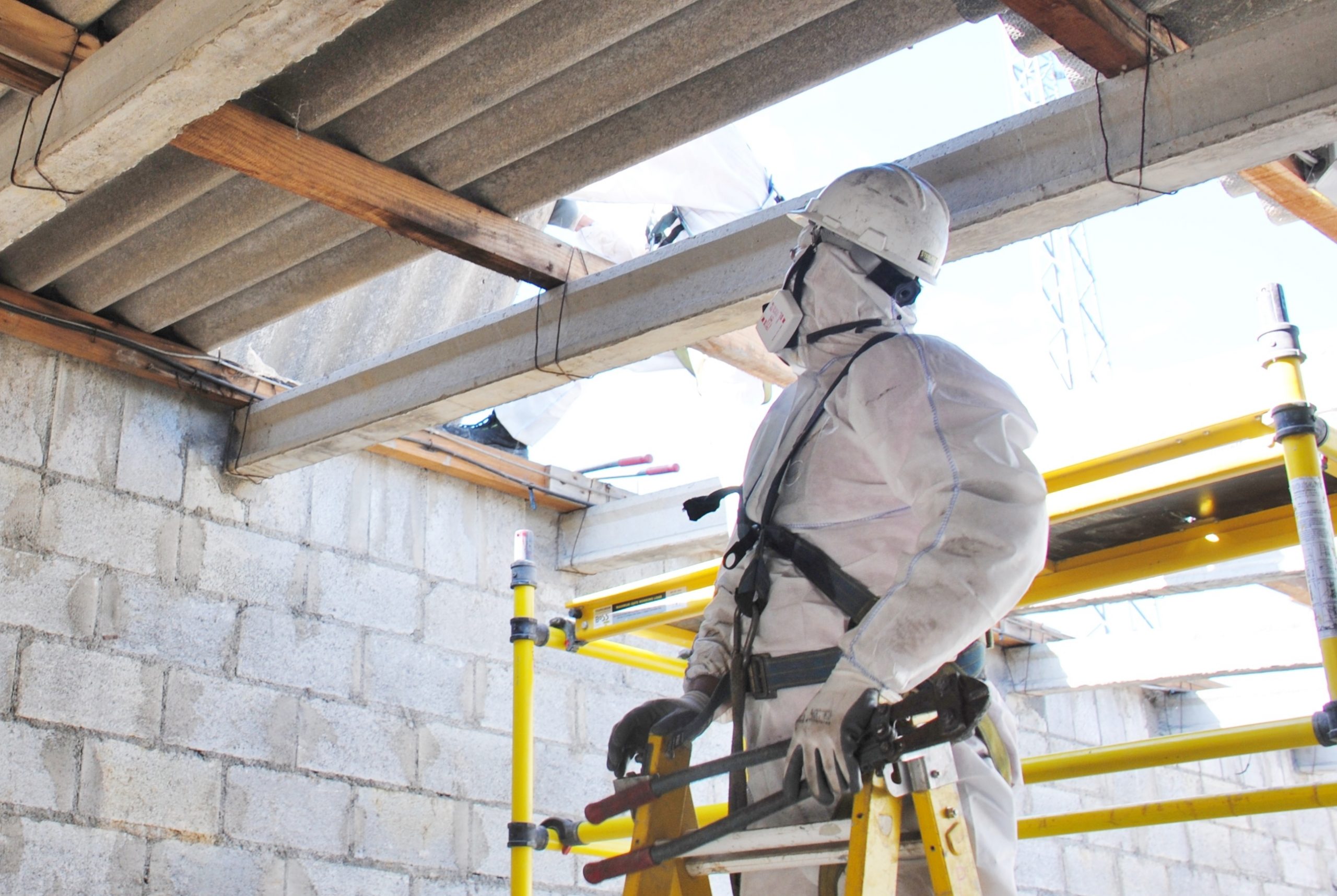Table of Contents
While many believe that asbestos exposure is no longer a problem, it remains a significant public health concern. Due to their solidity, lightweight quality, and resistance to heat, asbestos fibers have been used in construction, insulation, and fireproofing for decades. While asbestos isn’t always visible, it’s often present in many older homes and other types of properties. Therefore, it’s critical to be aware of this lethal toxin and take adequate precautions against it.
Asbestos’ toxicity and proclivity for causing severe and fatal diseases are common knowledge. Continue reading to learn other critical information about asbestos.
1. It Is A Naturally Occurring Mineral
Asbestos is a silicate mineral primarily found in North America, Canada, and Southern Africa. It’s composed of extremely fine fibers resembling needles. Crushing raw asbestos leads to the extraction of additional minerals and gives it its well-known appearance and soft consistency.
In addition, manufacturers have benefited from its heat resistance and ability to absorb organic materials such as resins and polymers. Following that, asbestos was incorporated into cement, paper, cloth, and yarn.
Because of how common it was in the past to use asbestos, owners of buildings or sites with asbestos should have complete information about the condition of the property and the whereabouts of the material. Use an asbestos register guide if it’s your first time encountering asbestos in your building.
2. It Is A Permitted Component In Certain Products
These products are primarily for the construction industry and are intended for new construction. Asbestos is a mineral also used in manufacturing materials that are resistant to heat. Some examples are fireproofing materials as well as acoustic and thermal insulators. Even structural steel columns, crawlspaces, and wall gaps have been sprayed with asbestos.
3. It Has Been Around For A Long Time
Although asbestos has been used since 2,500 B.C., it gained prominence in the late 1800s. For instance, asbestos was used as an insulator in steam engine boilers and pipes during the Industrial Revolution. However, it was discovered in 1999 that by mixing it with cement, a less expensive but more durable and fire-resistant product could be created.
After that, asbestos was extensively used in various industries, including construction where it was used in paneling, floor tiles, and roof sheeting. Eventually, it also made its way to the textile industry.
4. Some Countries Have Not Prohibited It
Asbestos use and consumption were prohibited in 66 countries including the United Kingdom, Australia, New Zealand, Japan, and Canada in 2013. In addition, it’s either banned or illegal in the majority of Europe. Ten countries including Russia, Thailand, and China have imposed some restrictions on its use.
However, in the United States, India, and a large portion of South America, asbestos is still legal today. China, Russia, Brazil, and India are the top 5 asbestos consumers and manufacturers.
5. Asbestos Fibers Are Toxic Only When They Become Airborne

The term ‘friable’ refers to an asbestos-containing substance that crumbles or pulverizes effortlessly when pressed by hand. Asbestos fibers can degrade and spread through the air, resulting in lung disease. Spray-on insulation and soundproofing fabrics are examples of friable materials.
Fabrics that are not friable, such as floor tile and roofing felt, don’t release fibers into the air. Therefore, contracting asbestosis is only possible if you drill, cut, sand, or otherwise disturb asbestos-containing materials.
When renovating your home, hire qualified contractors who adhere to stringent safety standards and regulations. Do not attempt to remove asbestos from your property without following the proper guidelines.
6. There Are Diseases Linked To Asbestos Exposure
Asbestos is a carcinogen that’s been linked to a variety of diseases in individuals who have been exposed to its microscopic fibers through inhalation. Asbestosis and mesothelioma are two of the most common conditions associated with asbestos. Your risk of developing an asbestos-related disease increases the longer you are exposed to asbestos.
Asbestosis is a non-cancerous, chronic, and occasionally fatal respiratory condition caused by the scarring of the lungs by asbestos fibers. Scarring can result in pain, difficulty breathing, and heart attacks. Mesothelioma is a rare form of cancer that affects about 3,000 people each year in the United States. It results in the growth of tumors in the tissue of the lungs, which then spread throughout the body. Asbestos exposure is almost always the primary cause of mesothelioma.
These diseases can spread throughout the body within 40 to 50 years, and many patients end up being unaware of their condition.
Takeaway
Asbestos is still legal, lethal, and widespread. Millions have already been exposed to it, and millions more are almost certain to be exposed in the future. Asbestos is found in a variety of locations and must be handled with extreme caution.








